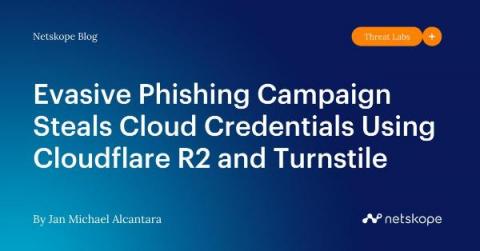Phishing Campaigns Targeting Microsoft Login Credentials Jump an Unprecedented 6100%
Monitoring of traffic to phishing pages hosted on the free hosting service Cloudflare R2 show an unheard of spike of 6100%, many going undetected by many security solutions due to the evasive techniques used. I can’t remember a time when I’ve covered a story and the reported increases were as large as the recent spike in malicious network traffic observed by Netskope.







